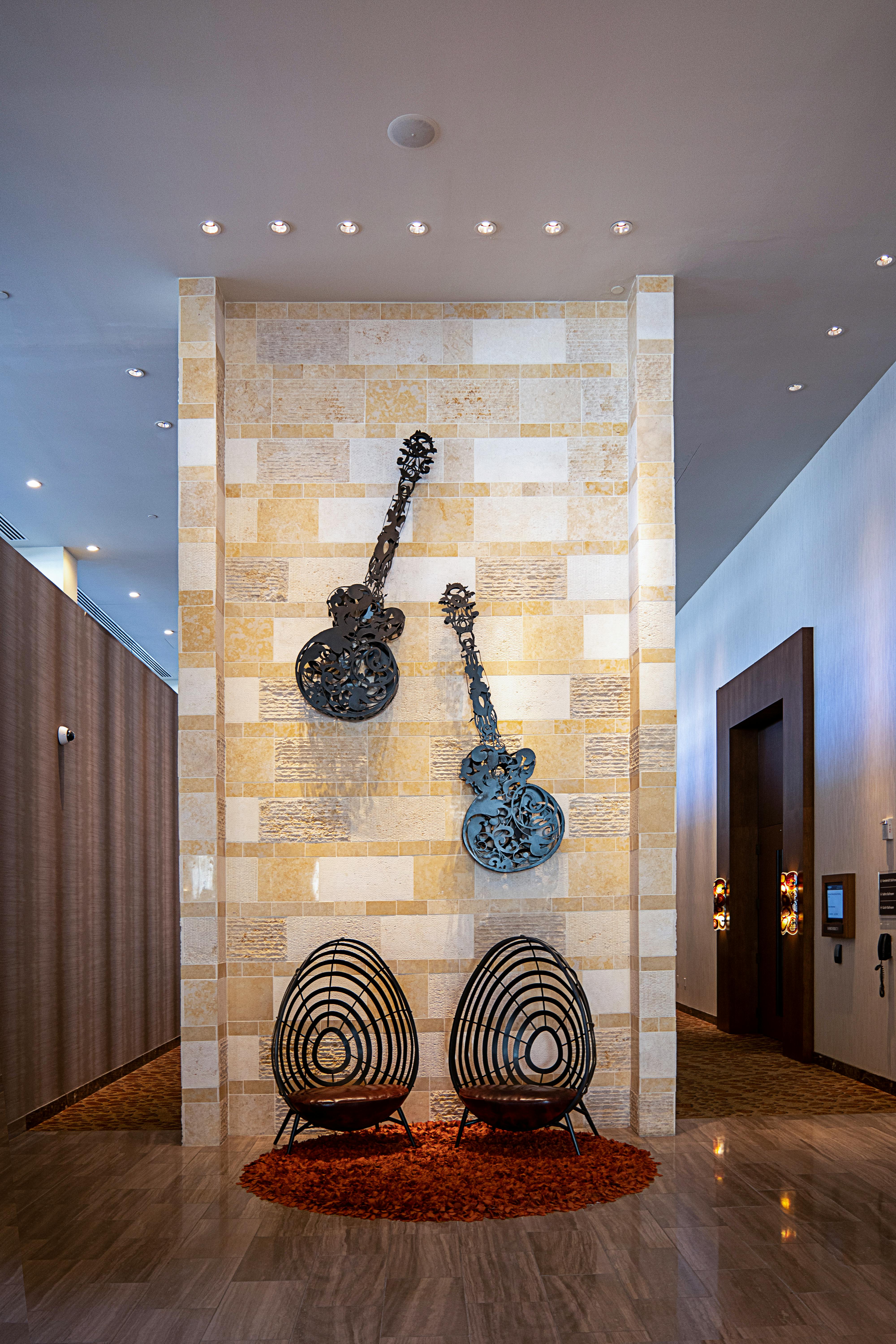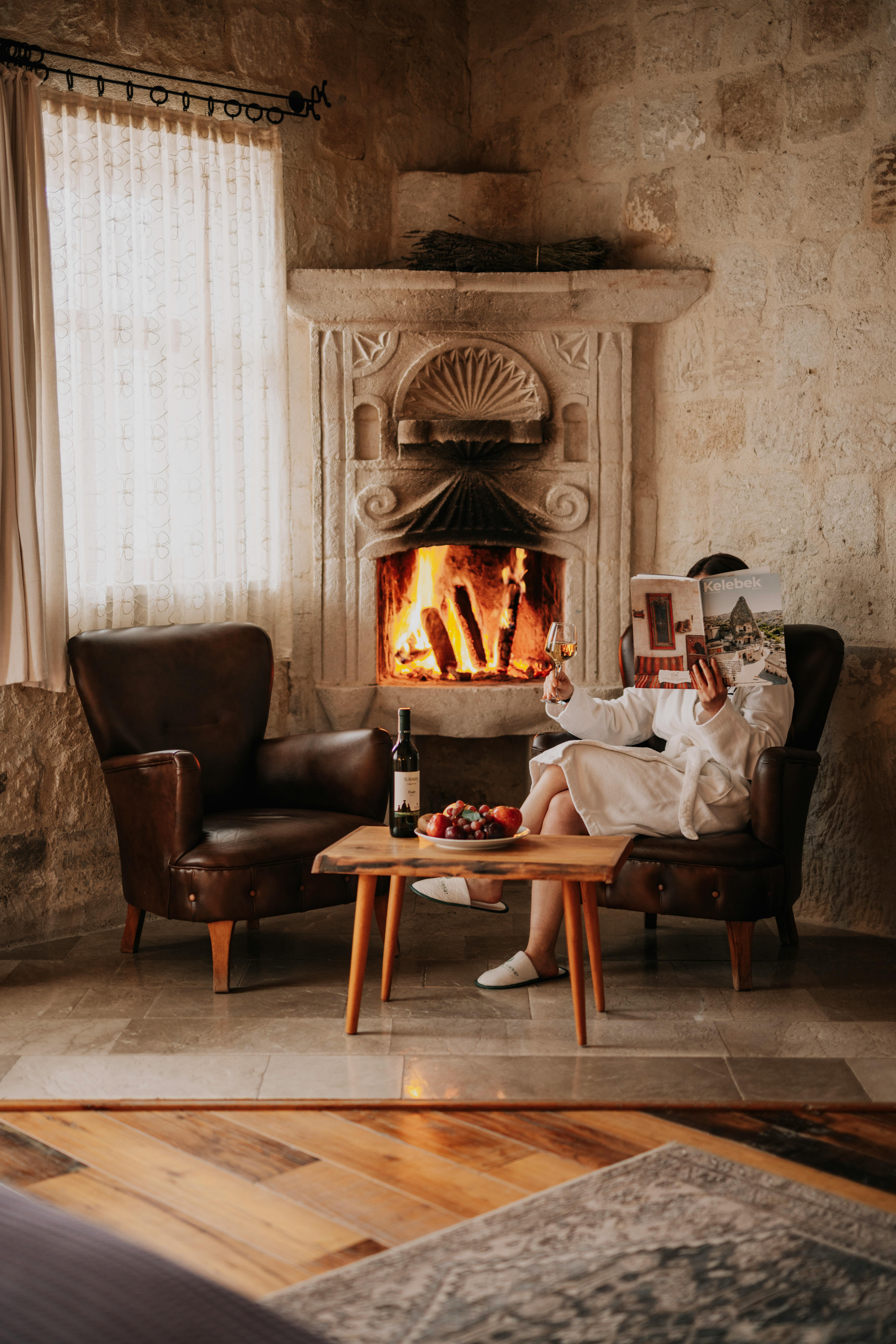Imagine walking into your home and instantly feeling the same physiological benefits of a mountain retreat at 8,000 feet above sea level. Your body begins producing more red blood cells, your cardiovascular system strengthens, and your cognitive function sharpens—all without leaving your living room. This isn’t science fiction anymore. Atmospheric luxury design represents the cutting edge of wellness architecture, where barometric pressure becomes a controllable element just like lighting or temperature. By 2025, pressure-controlled environments are transforming how we think about indoor spaces, creating therapeutic sanctuaries that literally change the air we breathe. Welcome to altitude simulation therapy systems that are redefining luxury living through the power of atmospheric manipulation.
When your home becomes a high-altitude training facility
The concept of altitude simulation therapy has migrated from elite athletic training centers into residential design, creating what researchers now call “barometric wellness architecture.” These systems manipulate air pressure within specific zones of your home, simulating altitudes ranging from sea level to 15,000 feet above sea level.
Traditional interior design focuses on visual and tactile elements, but atmospheric luxury goes deeper—literally changing the molecular composition of your environment. The technology works through sophisticated pressure regulation systems that can gradually reduce oxygen levels in controlled increments, forcing your body to adapt and strengthen its oxygen-carrying capacity.

This Photo was taken by M I N E I A M A R T I N S.
Recent studies from the Institute of Aerospace Medicine show that spending just 2-3 hours daily in simulated altitude environments can improve cardiovascular health by up to 23% within eight weeks. The implications for residential wellness design are profound—your bedroom, meditation room, or home gym can become specialized training environments that enhance your health while you sleep, relax, or exercise.
The science behind pressure-controlled living spaces
Barometric pressure changes trigger measurable physiological responses in the human body. When atmospheric pressure drops (as it does at higher altitudes), your body compensates by increasing red blood cell production, improving oxygen utilization efficiency, and strengthening cardiovascular function.
Modern pressure-controlled systems use nitrogen dilution technology to create hypoxic environments—spaces with reduced oxygen concentration that simulate high-altitude conditions. These systems integrate seamlessly with existing HVAC infrastructure, allowing for precise control over different zones within your home.
| Simulated Altitude | Oxygen Concentration | Primary Benefits | Recommended Exposure |
|---|---|---|---|
| 5,000 feet | 18.5% | Gentle adaptation, stress reduction | 4-6 hours daily |
| 8,000 feet | 17.1% | Cardiovascular strengthening | 2-4 hours daily |
| 10,000 feet | 16.2% | Athletic performance enhancement | 1-2 hours daily |
| 12,000 feet | 15.4% | Advanced conditioning | 30-60 minutes daily |
Designing rooms that breathe differently
Creating effective atmospheric luxury spaces requires careful consideration of room design, air circulation patterns, and user safety. Unlike thermodynamic luxury systems that focus on temperature regulation, pressure-controlled environments must maintain precise atmospheric conditions while ensuring user comfort and safety.
The most successful installations incorporate graduated pressure zones, where users can move between different atmospheric conditions as their bodies adapt. Entry vestibules maintain sea-level conditions, while inner sanctuaries can simulate extreme altitudes for advanced training or therapeutic purposes.

This Photo was taken by Rachel Claire.
Integration with existing wellness architectures
Atmospheric luxury systems work synergistically with other revolutionary wellness technologies. When combined with photonic luxury light therapy systems, the cellular activation effects multiply. The reduced oxygen environment makes cells more receptive to specific light wavelengths, enhancing the therapeutic benefits of both systems.
Similarly, sonic luxury acoustic environments complement altitude simulation by using specific sound frequencies that help regulate breathing patterns and reduce the stress response typically associated with low-oxygen environments.
The physiological luxury of thin air
The human body’s adaptation to reduced atmospheric pressure creates cascading health benefits that extend far beyond simple cardiovascular improvement. Research from the Colorado Center for Altitude Medicine demonstrates that regular exposure to simulated altitude can improve insulin sensitivity, enhance fat metabolism, and even stimulate the production of growth factors that support cellular repair and regeneration.
These physiological changes occur at the mitochondrial level, where cells become more efficient at extracting energy from available oxygen. This cellular efficiency translates into improved mental clarity, better sleep quality, and increased physical endurance—benefits that persist even when returning to sea-level environments.

This Photo was taken by Monstera Production.
Neurological benefits of controlled hypoxia
Perhaps most intriguingly, controlled exposure to reduced oxygen environments stimulates the production of brain-derived neurotrophic factor (BDNF), a protein that supports the growth and maintenance of neurons. This makes atmospheric luxury systems particularly valuable when integrated with neuroplastic luxury brain optimization environments.
Studies published in the Journal of Applied Physiology show that individuals using altitude simulation therapy experience improved memory consolidation, faster learning, and enhanced creative problem-solving abilities. The key lies in precise dosing—too little hypoxic exposure provides minimal benefit, while too much can cause fatigue and cognitive impairment.
Technical infrastructure for atmospheric control
Implementing pressure-controlled interior design requires sophisticated engineering that goes far beyond traditional HVAC systems. Modern atmospheric luxury installations use molecular sieve technology to separate nitrogen from oxygen, creating controlled hypoxic environments without introducing harmful gases or contaminants.
The core system consists of an oxygen concentrator running in reverse, nitrogen generators, and precise pressure regulation valves that maintain consistent atmospheric conditions regardless of external weather patterns or altitude changes. Safety systems include oxygen sensors, automatic pressure relief valves, and emergency override controls that can instantly restore normal atmospheric conditions.

This Photo was taken by
Post navigation
